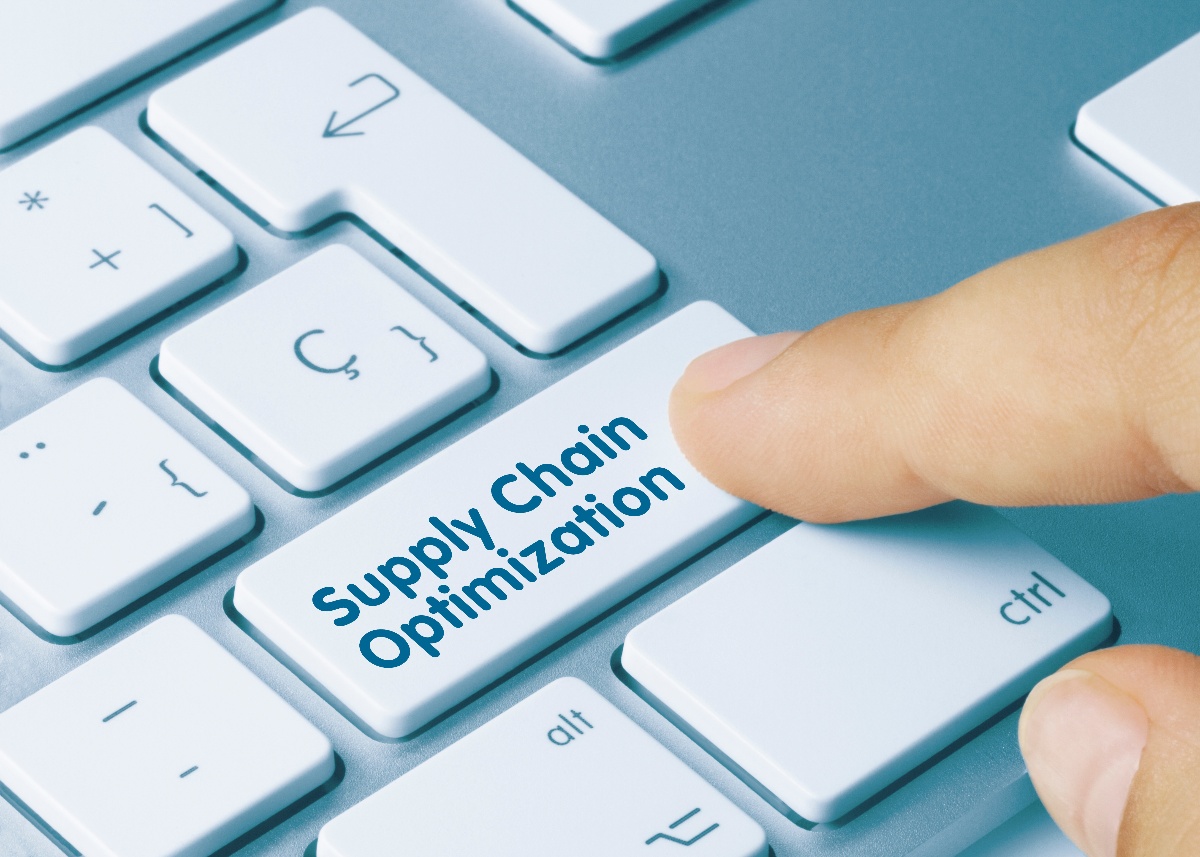
In today's highly competitive global market, selecting the right supplier plays a crucial role in ensuring the success and growth of any organization. A reliable and efficient supplier not only guarantees the quality of products or services but also contributes to a company's ability to meet customer demands, maintain profitability, and achieve long-term success. As a purchasing manager, the responsibility falls upon your shoulders to make informed decisions that can have a lasting impact on your organization's overall performance.
This comprehensive guide aims to provide you with the essential steps and insights needed to navigate the supplier selection process and make the best possible choice for your company.
Define Your Requirements
Before you begin the search for the ideal supplier, it is essential to clearly define your requirements and identify the key factors that will influence your decision-making process.
By doing so, you can streamline your search and ensure that you are focusing on suppliers that align with your organization's needs and priorities. Consider the following critical factors when defining your requirements:
Identify critical factors for your business:
Product Quality
High-quality products are the backbone of any successful business. Determine the level of quality you expect from your supplier and ensure that they can consistently meet or exceed these expectations. Factors to consider include material specifications, manufacturing tolerances, and finishing processes.
Delivery Time
Timely delivery is vital to maintaining smooth operations and customer satisfaction. Assess your organization's lead times and determine the level of flexibility you require from your supplier. This may involve evaluating their production capacity, logistics capabilities, and ability to manage fluctuations in demand.
Price
While cost should not be the sole determining factor in supplier selection, it is crucial to consider the impact of pricing on your company's bottom line. Establish a budget range and assess the supplier's ability to offer competitive pricing without compromising quality or delivery performance.
Establish Clear Performance Metrics
To objectively evaluate potential suppliers, it is important to establish clear and measurable performance metrics that align with your organization's goals and priorities. These may include criteria such as on-time delivery rate, order accuracy, defect rates, and response times. By setting quantifiable targets, you can create a benchmark to compare different suppliers and ensure a more informed decision-making process.
Develop a Supplier Selection Criteria Checklist
Creating a comprehensive supplier selection criteria checklist can help streamline your evaluation process and ensure consistency across your team. This checklist should include all relevant factors, such as product quality, delivery performance, pricing, technical expertise, customer service, and sustainability practices. Be sure to assign appropriate weight to each criterion based on your organization's priorities, which will help you effectively rank and compare potential suppliers.
Research Potential Suppliers
Sourcing Methods
Researching potential suppliers is the first step in building a smart, informed purchasing strategy. Here are some methods to consider: industry-specific trade shows that give you an opportunity to evaluate large numbers of vendors quickly. Online directories and marketplaces provide comprehensive listings on vendor selection.
Referrals and recommendations from trusted sources can be a great way to discover new, reliable services. By evaluating each supplier’s capabilities, experience, financial stability, and reputation, you set yourself up to ensure that your final decision is based on accurate information.
Conduct a Preliminary Evaluation
Gather evidence relevant to your evaluation of each potential supplier by asking questions such as: how long have they been in business? What other customers have they worked with? Have they ever experienced issues related to customer fulfillment or quality control? Taking the time to check into these details allows you to make sure that the original expectation set forth during the research process is met before proceeding with any further engagement with a particular professional.
Request for Proposal (RFP) or Quotation (RFQ)
Once you have defined your requirements and identified potential suppliers through your research, the next step in the selection process is to request detailed information about their offerings through a Request for Proposal (RFP) or Quotation (RFQ). These documents help you gather critical information from suppliers, enabling you to compare their capabilities and make a well-informed decision.
The Purpose of RFPs and RFQs
RFPs and RFQs formally request detailed information from suppliers about their products, services, pricing, and other relevant aspects. They allow you to evaluate potential suppliers in a consistent and structured manner, ensuring that you collect the necessary data to make an informed decision.
Elements to Include in Your Request
To ensure a comprehensive and accurate response from potential suppliers, it is crucial to include the following elements in your RFP or RFQ:
- Company background and contact information: Provide a brief overview of your organization, its mission, and its objectives. Include relevant contact details to facilitate communication between your company and potential suppliers.
- Detailed product specifications: Clearly outline the specifications of the products or services you require, including material requirements, quality standards, and any necessary certifications or compliance measures. This will help suppliers understand your expectations and enable them to provide accurate quotes and proposals.
- Delivery and payment terms: Specify your preferred delivery schedules, shipping methods, and payment terms. This information helps suppliers determine if they can meet your requirements and provides a basis for comparing their proposals.
Analyzing and Comparing Responses
Once you have received responses from potential suppliers, carefully review and compare their proposals based on your established criteria and performance metrics. Look for any discrepancies or inconsistencies in their responses, as these may indicate potential issues with their ability to fulfill your requirements.
Be sure to also evaluate their overall responsiveness and communication, as this can be a strong indicator of their commitment to customer service and support.
Conduct Site Visits and Interviews
After narrowing down your list of potential suppliers based on their RFP or RFQ responses, it is essential to further assess their capabilities through site visits and interviews. These interactions provide valuable insights into their operations, quality control measures, and overall suitability as your supplier.
Importance of Site Visits
Site visits allow you to personally observe the supplier's facilities, manufacturing processes, and quality control measures, giving you a more in-depth understanding of their capabilities. They also provide an opportunity to verify the information provided in their proposal and address any concerns or questions that may have arisen during your evaluation.
Key Aspects to Observe During Site Visits
When conducting site visits, focus on the following aspects to gain a comprehensive understanding of the supplier's capabilities:
- Manufacturing processes: Assess the supplier's manufacturing processes' efficiency, organization, and overall effectiveness. Look for indications of advanced technology, well-maintained equipment, and adherence to industry best practices.
- Quality control measures: Evaluate the supplier's quality control systems and procedures, ensuring that they are robust, well-documented, and consistently applied. This includes examining their testing methods, inspection processes, and any relevant certifications.
- Workforce and facilities: Observe the supplier's workforce and facilities, looking for signs of a skilled, motivated, and well-managed team. Assess the cleanliness and organization of their facility, as this can be a reflection of their commitment to quality and efficiency.
Conduct Interviews with Key Personnel
In addition to site visits, it is important to conduct interviews with the supplier's key personnel to assess their expertise, knowledge, and ability to support your organization's needs. This may include speaking with managers, engineers, and customer service representatives to gauge
Negotiate Terms and Establish Partnerships
Once you have visited the site, it’s time to negotiate the terms with your potential new supplier.
Importance of Building Long-Term Relationships
As a purchasing manager, making sure that you establish long-term relationships with suppliers is key to a successful and profitable operation. This means taking the time to understand the needs and values of both parties before signing any contracts. Communication, trust, and transparency are key elements for sustainable partnerships that can last years and even generations.
Strategies for Successful Negotiations
Negotiating the best terms for your company can be tricky, but with the right strategies in place, you can come to mutually beneficial agreements easily. Leveraging your purchasing power is one effective way to put yourself in a stronger position during negotiations; however, it’s equally important to be transparent and flexible. Whenever possible, try to identify win-win scenarios that allow both parties to benefit from the final terms of any agreement.
Formalize Agreements with Contracts
Once you are satisfied with all negotiable terms, it is essential to formally secure them through legally binding contracts. Create an agreement that outlines exactly what each party must deliver—when they must deliver it—so there is no confusion or misunderstanding when payments or exchanges take place down the road. With detailed contracts and documents in place, disputes rarely occur between long-term partners, ensuring everyone’s rights are protected in case something unexpected does arise.
Monitor and Evaluate Supplier Performance
Once you have selected and established a relationship with your chosen supplier, it is essential to continuously monitor and evaluate their performance to ensure ongoing satisfaction and alignment with your organization's needs. Implementing a systematic approach to supplier performance management will help you identify areas for improvement, mitigate potential risks, and foster a long-lasting, mutually beneficial partnership.
Establish key performance indicators (KPIs)
Develop a set of quantifiable key performance indicators (KPIs) that align with your organization's goals and priorities. These may include factors such as on-time delivery rate, product quality, responsiveness, and cost savings. Regularly tracking and measuring these KPIs will enable you to objectively assess the supplier's performance and make informed decisions about future engagements.
Schedule Regular Performance Reviews
Schedule periodic performance reviews with your supplier to discuss their performance, address any issues or concerns, and explore opportunities for improvement. These reviews can be conducted through meetings, phone calls, or written evaluations, and should involve both your team and the supplier's representatives. Regular communication helps to maintain transparency and fosters a collaborative relationship between your organizations.
Address Issues and Continuously Improve
When issues or discrepancies arise in the supplier's performance, address them promptly and collaboratively. Work with your supplier to identify the root cause of the problem and develop an action plan for resolution. Encourage continuous improvement by sharing best practices, providing constructive feedback, and recognizing the supplier's achievements. This proactive approach will help to strengthen your partnership and ensure ongoing success.
Selecting the right supplier is a crucial aspect of any organization's success, and as a purchasing manager, your role in this process is vital. By following the comprehensive steps outlined in this guide, you can confidently navigate the supplier selection process and make well-informed decisions that will benefit your organization in the long term. Reach out to Tencom today to learn how your organization can maintain a competitive edge in today's dynamic and ever-evolving global market.















